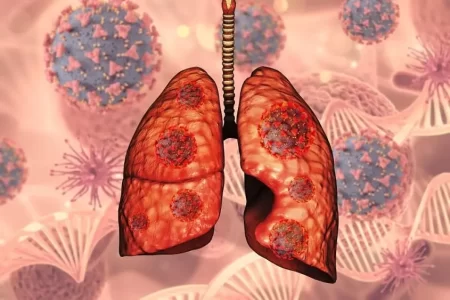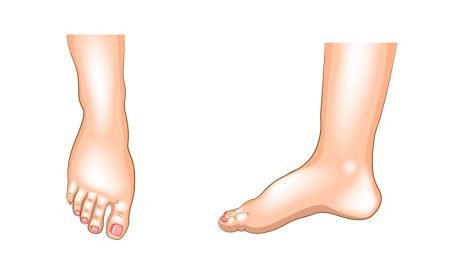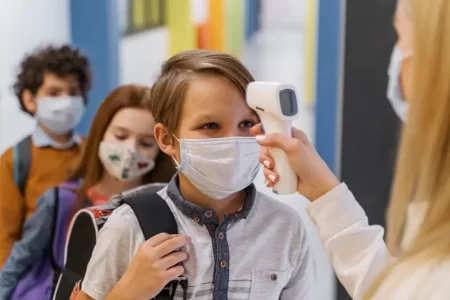Browsing: Coronavirus Disease (Covid-19)
Comprehensive Information, Resources, and Support on Coronavirus Disease (Covid-19)
COVID-19 virus can last for several hours to days in aerosols and on surfaces, according to a recent study from National Institutes of Health, published in The New England Journal of Medicine. The risk depends on the characteristics of the virus and how it spreads to others.
WHO Recommends Safe Ramadan Practices in Context of COVID-19
Safe Ramadan Practices in the Context of COVID-19 During the month of Ramadan, Muslim families and friends come together to…
The World Health Organization (WHO) has regularly been urging all the health agencies to make novel coronavirus testing a top priority in their response to the pandemic. Check out what happens when a person is suspected of coronavirus and goes through diagnosis and testing procedure.
Asthma patients are thought to be more vulnerable for coronavirus infection. However, there is no strong evidence which could suggest the exact affect of coronavirus on asthma patients. They should follow a proper action plan particularly if they notice symptoms flaring up.
COVID-19 spreads from person to person to another via respiratory droplets – little blobs of liquid released as someone coughs, sneezes, or talks. This is the primary route of transmission. Viruses contained in the droplets of body fluids such as saliva or mucus from an infected person can transmit to other people via the eyes, nose, or mouth.
These are the recently discovered images of novel coronavirus under powerful microscopes. The virus has caused COVID-19 outbreak also called coronavirus disease.
There is no evidence to suggest that children are more likely to catch COVID-19 (coronavirus infection). This means children are not more susceptible to this disease. In fact, most of the confirmed cases reported for COVID-19 infection from Wuhan, China were in adults.
Severe Acute Respiratory Syndrome (SARS) Coronavirus – SARS-CoV
SARS or severe acute respiratory syndrome is a rapidly spreading and potentially fatal viral disease that appeared first time in Southern China (2002) and then spread to more than 24 countries. In March 2003, SARS was recognized as a global threat by the Centers for Disease Control and Prevention (CDC).











